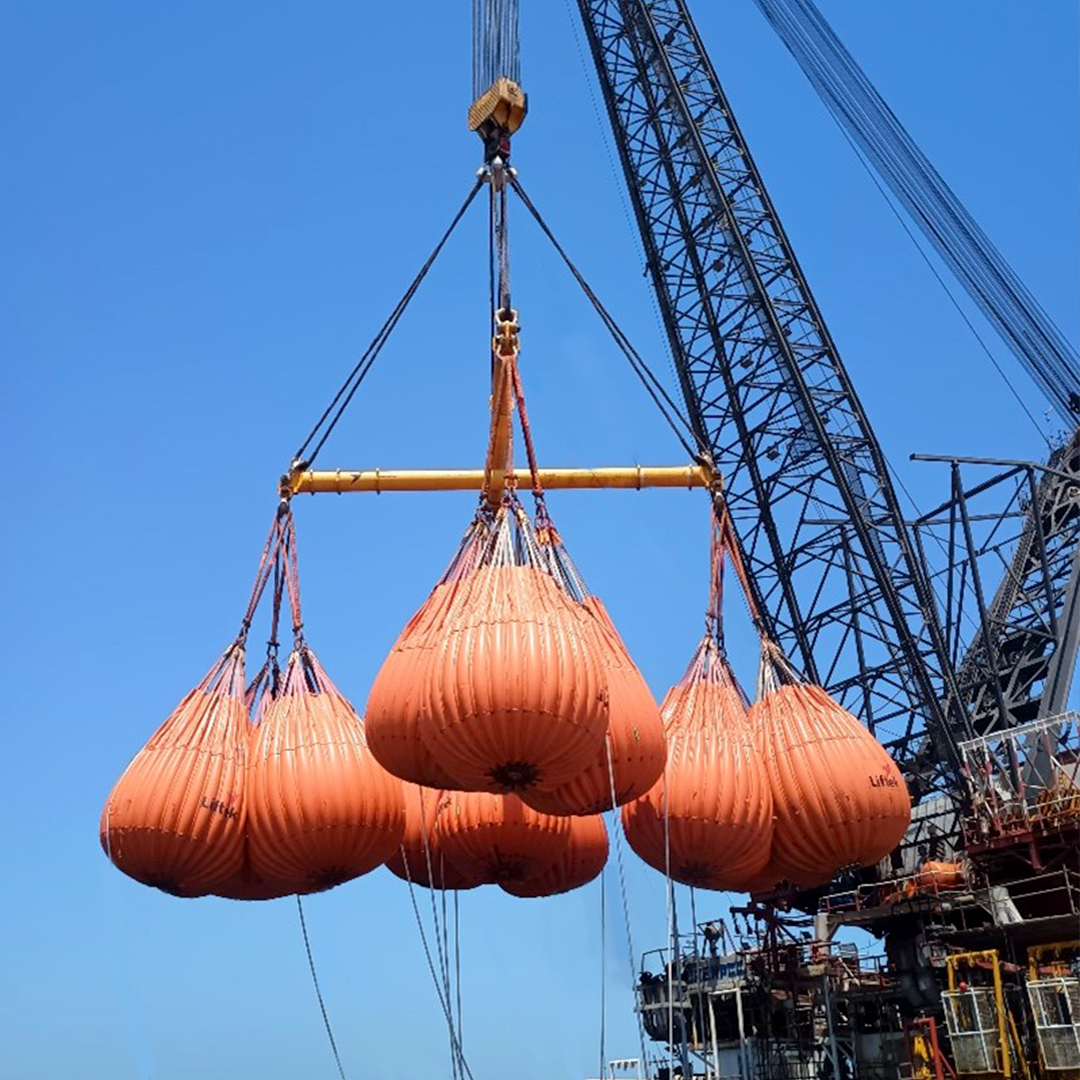Mistakes to Avoid During Crane Load Testing in Middle East

Strong 8k brings an ultra-HD IPTV experience to your living room and your pocket.
Crane load testing is an essential safety practice in industries like construction, oil & gas, logistics, and manufacturing. With rapid infrastructure development and industrial expansion in countries like Kuwait, Qatar, and Oman, ensuring crane performance and compliance has never been more important. Load testing not only verifies the lifting capacity and stability of cranes but also ensures adherence to regulatory standards such as LOLER, OSHA, and local Gulf region safety protocols.
However, despite its importance, several companies still make critical errors during crane load testing that can lead to equipment damage, project delays, or worse—accidents and fatalities.
Here are the top 5 mistakes to avoid during crane load testing across these Gulf markets and how you can perform safer and more reliable operations.
- Skipping Pre-Test Inspections
- Skipping Pre-Test Inspections
One of the most common mistakes made by site teams is failing to thoroughly inspect the crane and test equipment before starting the load test. Skipping this step could result in testing with already faulty components—leading to inaccurate results or even structural damage.
What to do instead:
- Conduct a detailed inspection of the crane’s hoisting mechanisms, wire ropes, brakes, and hydraulics.
- Ensure the water bags or test weights are in good condition, free from leaks or defects.
- Use certified rigging gear and have all components verified by a qualified engineer.
In countries like Oman and Qatar, pre-test documentation is often mandated by safety authorities, making this step non-negotiable.
- Using Inappropriate Load Testing Equipment
Using the wrong type or size of load test equipment—especially crane load test water bags or weights—can affect test accuracy or even overload the crane.
Common issues include:
- Using solid test weights in confined or offshore areas where water bags would be more appropriate.
- Ignoring the height limitations and space constraints in low headroom environments.
Recommended Solution:
In Gulf markets such as Kuwait, where space in refinery or port operations may be limited, crane load test water bags offer a safe, flexible, and space-efficient alternative. These allow gradual loading and real-time monitoring, reducing the risk of overload or imbalance.
- Lack of Proper Documentation & Compliance
Crane load testing without proper documentation is a major red flag in regulatory audits. Authorities in Kuwait, Oman, and Qatar are now more stringent with safety protocols and documentation, especially on high-risk industrial sites.
Documentation you must have:
- Load test certificates (signed by qualified personnel)
- Rigging plans and load charts
- Equipment calibration records
- Risk assessment and method statement (RAMS)
Failure to maintain proper records can lead to project penalties, insurance claim rejections, or even operational shutdowns.
- Overlooking Environmental and Site Conditions
Environmental factors such as wind speed, surface leveling, and load distribution play a critical role in the success and safety of crane load testing.
Common mistakes include:
- Conducting tests during high winds without stabilizers or warning systems.
- Testing on unstable or uneven ground without proper assessment.
Especially in coastal areas of Qatar and Oman, where wind and humidity levels are high, ignoring these conditions can lead to instability or crane failure.
Tip: Use a load monitoring system to provide real-time data and ensure the crane is operating within safe parameters.
- Inadequate Team Training and Supervision
Even with the best equipment, crane load testing is only as safe as the people conducting it. Poorly trained riggers or operators can miscalculate load distribution, improperly secure test gear, or fail to detect critical warning signs during the test.
How to avoid it:
- Ensure the team includes certified rigging professionals and load test engineers.
- Conduct a pre-test safety briefing and define roles clearly.
- Supervise the operation closely with a qualified team leader or third-party safety auditor.
In regions like Kuwait and Oman, authorities increasingly require certified personnel and documented training to allow load testing operations.
Conclusion
Crane load testing is a crucial safety protocol that must be executed with precision, the right equipment, and trained personnel. For companies operating in Kuwait, Qatar, and Oman, avoiding these five mistakes can ensure compliance, improve safety, and maintain operational efficiency.
Partnering with an experienced load testing provider, like Liftek FZC, can help you stay compliant and reduce risk. With load test water bags ranging from 2 to 110 tons, certified rigging professionals, and regional coverage across the GCC, Liftek provides end-to-end load testing solutions tailored for Gulf industries.
Need assistance with your next crane load test in the GCC?
Talk to our experts today and ensure safe, certified, and hassle-free operation
Note: IndiBlogHub features both user-submitted and editorial content. We do not verify third-party contributions. Read our Disclaimer and Privacy Policyfor details.


